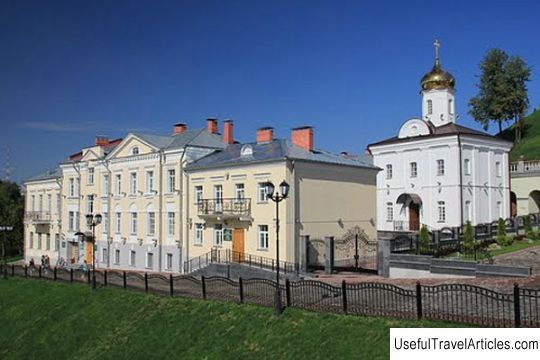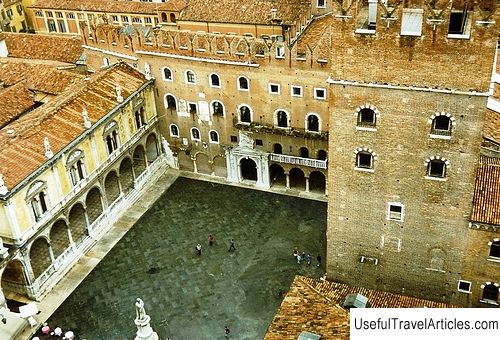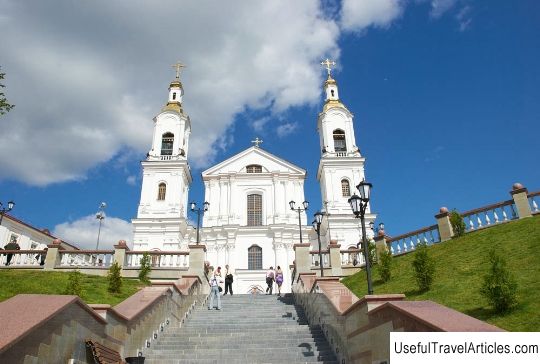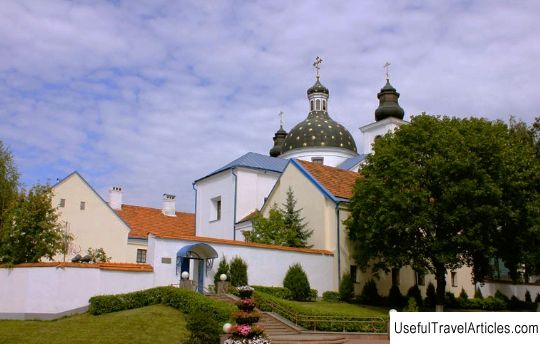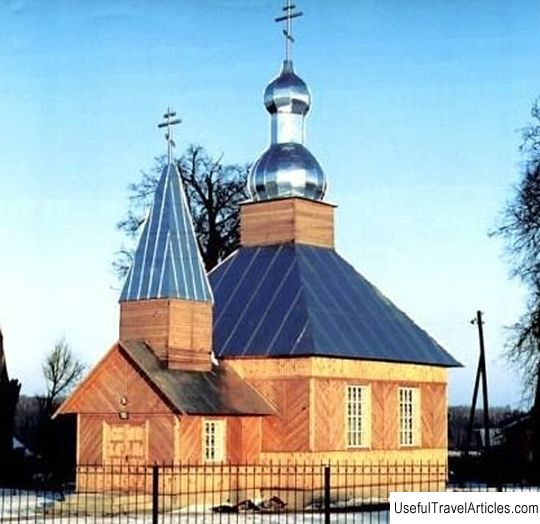Complex of Uniate Basilian Monasteries (Basilian Monasteries) description and photos - Belarus: Minsk
Rating: 7,9/10 (451 votes) 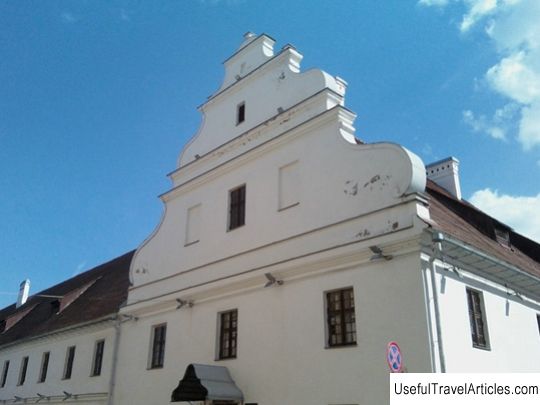
Complex of Uniate Basilian monasteries (Basilian Monasteries) description and photos - Belarus: Minsk. Detailed information about the attraction. Description, photographs and a map showing the nearest significant objects. The name in English is Basilian Monasteries. Photo and descriptionThe complex of the Uniate Basilian monasteries consisted of two monastic buildings - male and female, which have survived to this day, and the Church of the Holy Spirit. The Basilian Monastery was founded on the territory of the Upper Market of Minsk in 1616 on the site of the wooden Orthodox Church of the Holy Spirit of the 16th century, and in 1641 Metropolitan Anthony Selyava founded a women's monastery. The convent was connected to the church by a covered gallery. The Uniate Church of the Holy Spirit was founded in 1636 - the construction was carried out with a donation of 2000 zlotys by a certain wealthy citizen of Polotsk. The building was unique, it combined features of the Gothic, Renaissance and Baroque styles of architecture. The main artistic value of the Holy Spirit Church was represented by the frescoes on the facade of niches depicting saints. The altars were decorated with stone and wooden figures of the apostles. Probably by 1654, the construction of monasteries was completed, because during the war with Russia in 1654-1667, the monasteries were already used for defensive purposes as a fortress. In 1795, after the annexation of Belarus to the Russian Empire, the monasteries were closed, and the church in 1799 became the Orthodox Peter and Paul Cathedral, turning from a monument of European significance into a very mediocre example of pseudo-Russian style. In 1936, by order of the Soviet authorities, the temple was blown up. For the first time in 1970, S. Baglasov thought about the restoration of the temple, under whose leadership a group of architects, having previously studied the available archival materials, made the reconstruction of the main facade of the temple. Further plans for the revival of the Upper City differed in the matter of restoring the church. Now there is a real hope that the temple of the Holy Spirit will be recreated in its original form. Since 1799, the residence of the Minsk archbishop was located in the men's monastery, and then the men's gymnasium was located here. Her famous students at one time were the composer Stanislav Moniuszko, the founder of Polish and Belarusian professional opera, Tomasz Zan, a close friend of Adam Mitskevich, Yevstakh Tyshkevich, the founder of Belarusian and Lithuanian archeology, and Belarusian writers Ivan Neslukhovsky and Anton Levitsky. After a fire in 1835, the complex of monasteries, with the exception of the female one, finally loses its original appearance - the male building is rebuilt in the classicism style and has its presence there. "Male part" complex to return to its previous form is not yet planned. The women's building has been restored.     We also recommend reading Cistercian Monastery Rhein (Stift Rein) description and photos - Austria: Styria Topic: Complex of Uniate Basilian Monasteries (Basilian Monasteries) description and photos - Belarus: Minsk. |
